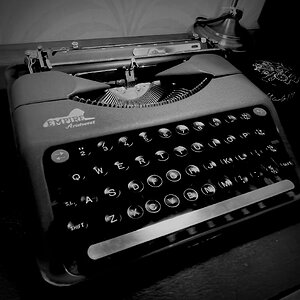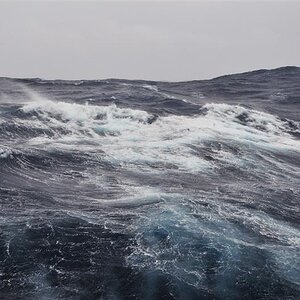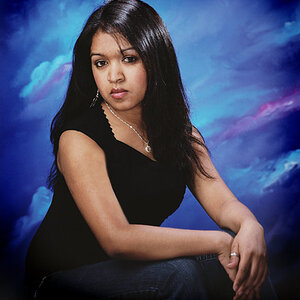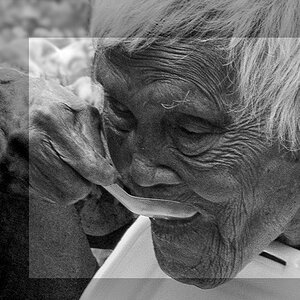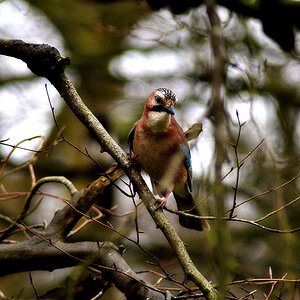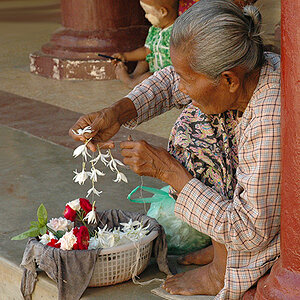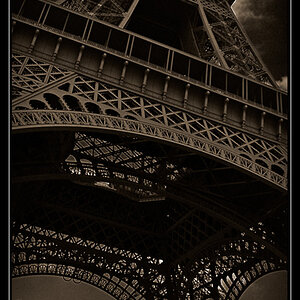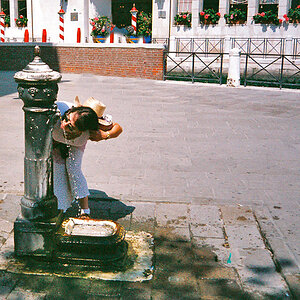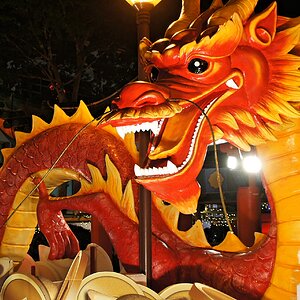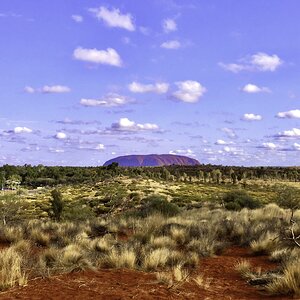yea, My point ...
the way of expressing it matters more . im listening and learning
. im listening and learning
Whn some one says..
Can you please tell me what time it is, i donot have a watch on me..
one way to reply: why dont you buy a watch and have it on you if you are so worried about time.. its 9:15
Better way: its 9:15 Am
im not offending anyone, but when someone shouts at me ill be ..................
thanks Artisan (your reply is of the second kind and makes me want to listen )
)
the way of expressing it matters more
Whn some one says..
Can you please tell me what time it is, i donot have a watch on me..
one way to reply: why dont you buy a watch and have it on you if you are so worried about time.. its 9:15
Better way: its 9:15 Am
im not offending anyone, but when someone shouts at me ill be ..................
thanks Artisan (your reply is of the second kind and makes me want to listen


 and i got it now so we are all good
and i got it now so we are all good 